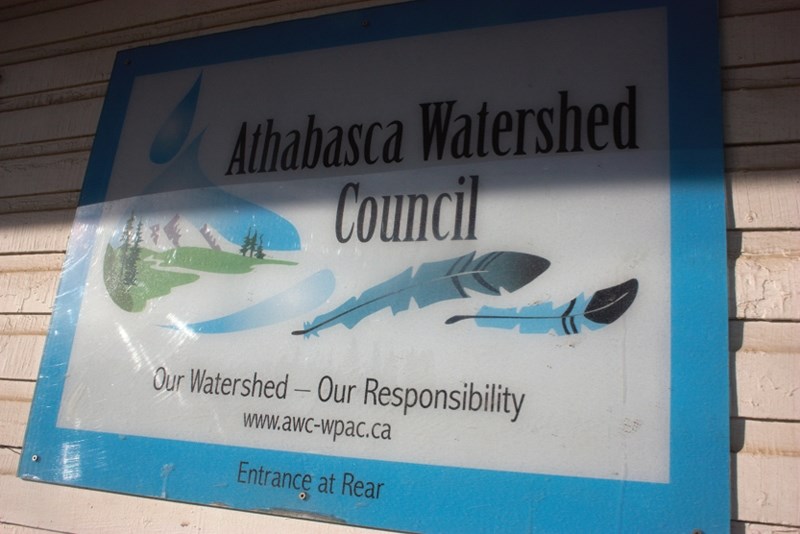As part of an overall effort to foster connections with local municipal governments and Indigenous groups, representatives of the Athabasca Watershed Council (AWC) made a presentation to Lac La Biche County councillors during their March 6 meeting about the organization’s role in maintaining the watershed and how the county could help.
Presenting the report was the council’s new outreach co-ordinator, Marie Bay Breiner, who is based out of the AWC’s office in Athabasca and is currently their sole employee.
The Athabasca Watershed includes the Athabasca River, which is 1,231 kilometres long, but encompasses an area of 159,000 square kilometers.
Breiner said that is roughly equal to 25 per cent of the province’s land mass, although only five per cent of the province’s population lives within the water shed.
She said that prior to 2003, Alberta Environment was responsible for all matters water-related, including planning and policy development.
"It was a very centralized approach and didn’t leave a lot of space of engagement with affected stakeholders,” Breiner said.
To address this missing stakeholder engagement component, the province released the Water for Life strategy in 2003, which was based on three goals: ensuring safe, secure drinking water for Albertans; maintaining healthy aquatic ecosystems; and establishing reliable quality water supplies for a sustainable economy.
The AWC is one of 11 Watershed Planning and Advisory Councils (WPAC), all of which spun out of the Water for Life strategy. One of their key responsibilities is information-sharing.
To this end, the AWC runs education programs for adults and children on water-related issues, highlights local issues at the provincial level and publishes State of the Watershed reports.
Breiner said they have released four State of the Watershed reports in the past, which are admittedly overly long and very technical. If you were to combine them all, you would have a document approximately 1,300 pages long, she noted.
Recognizing that no one would read a report that long, the AWC has created a summary of around 40 pages, which they will be presenting at three meetings in Edson, Fort McMurray and Westlock in March.
The AWC’s website has also undergone a major overhaul to make it easier for people to find information.
Breiner said they are also participating in collaborative projects like Alberta WaterSMART’s Athabasca River Basin Initiative, which is aimed at using modeling tools to identify future water management issues and "build resilience” in the basin to climate change.
They are also supporting the Baptiste and Island Lakes Stewardship Society as its members develop a lakes management plan.
They are also looking to build relationships with stakeholders. To facilitate building more connections with stakeholders, she was hired as the AWC’s first outreach co-ordinator back in September.
Breiner then identified three ways Lac La Biche County could assist the work of the Athabasca Watershed Council or any other WPAC.
The first way was to become an engaged stakeholder and bring any water-related concerns to the attention of the WPAC, as well as passing on the concerns of other individuals and groups.
The second method was to actually partner with the Athabasca Watershed Council. This doesn’t necessarily mean sitting on their board of governors, but just helping them in engaging businesses, organizations and citizens in their educational programs.
Finally, the county could actually choose to financially support the AWC, either with money or promises of in-kind support.
Breiner ended her presentation by thanking Alberta Environment and Parks, which provides the AWC with all of its funding.


